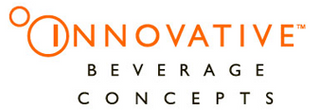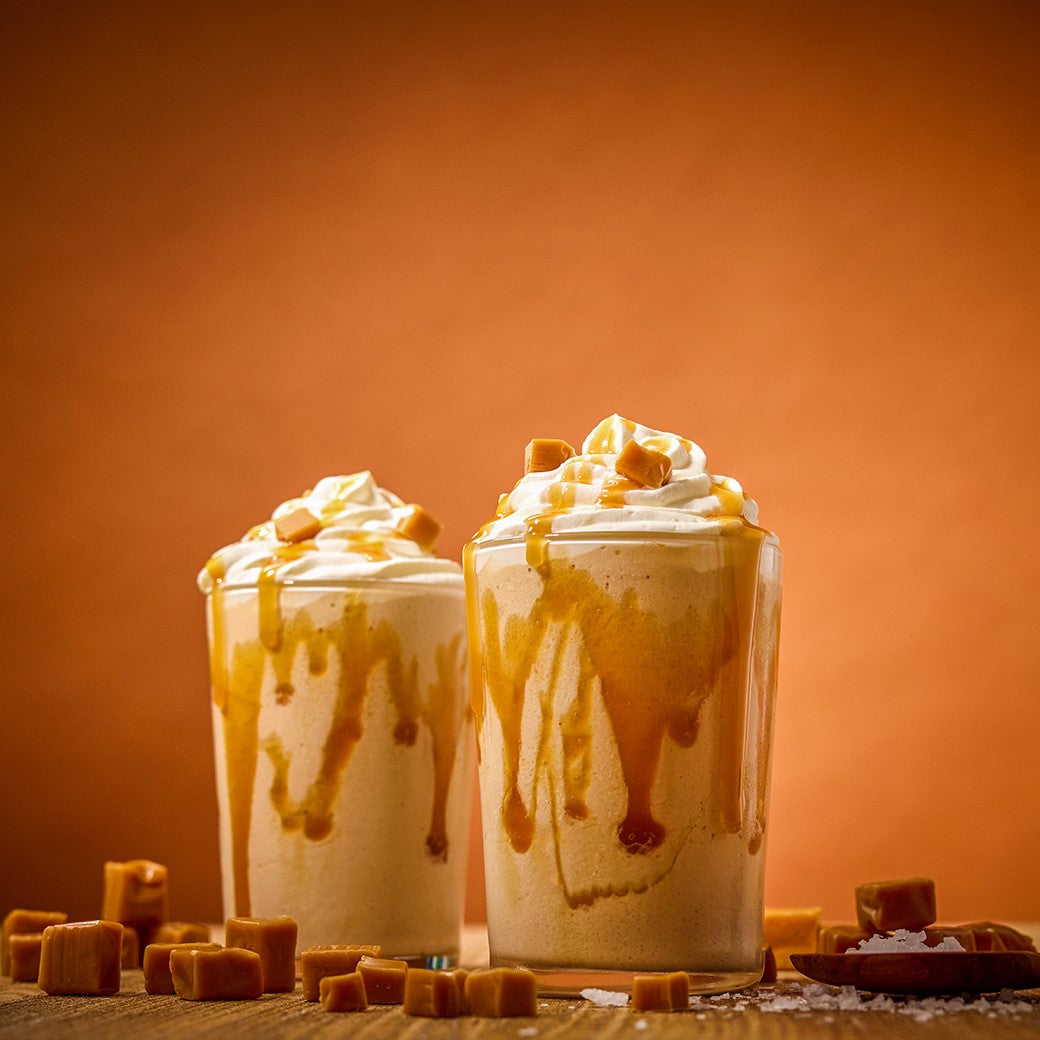2020 Coffee Industry Analysis

2019 was another booming year in the coffee industry. This behemoth of an industry, that consists of roughly 1.5% of the US gross domestic product, is showing no signs of stopping as it hurls past the $150B annual threshold. The coffee industry is expected to have a compound annual growth rate of roughly 5% over the next 5 years.
While demand for coffee is consistent, the demands of the consumers regarding taste, style, and presentation are ever evolving. Let’s take a look at some of the industry trends we saw in 2019 and those we expect to gain momentum in 2020.
FAIR TRADE & ECO-FRIENDLY SOURCING
The younger generations are becoming more and more concerned with ethical sourcing of products and the environmental sustainability of organizations. Selling drinks that are certified fair trade and/or organic is a great way to create repeat customers from the younger demographics.
As corporate social responsibility continues its time in the limelight, be sure to watch for more and more cafés focusing on sustainability and fair trade.
BLENDED DRINKS GOING STRONG
More and more youth are opting for cafés rather than home brew due to the types of drinks their consuming. If you sit in a café and watch your average 15 to 25-year-olds order, very few of them are opting for black coffees. In fact, nearly every one of them will be walking out with some type of frappe or chai. When new coffee drinkers enter the market, typically in their teens or early twenties, it’s these specialty espresso-based drinks they’ll be ordering.

The market for these drinks is incredibly strong. According to a survey by the National Coffee Association, 14% of millennials reported drinking an espresso-based coffee every single day.
We’ve definitely seen a shift in the last 2 decades from frappes being considered a luxury item, to being more popular than drip at many shops.
READY-TO-DRINK MARKET RAPIDLY ACCELERATING
As drinks such as Nitro Brew and Cold Brew pick up steam, so too are their on-the-go counterparts. Pre-bottled frappes, cold brews, and other specialty coffee beverages are rapidly taking up more and more space on the shelves of grocery stores, gas stations, and kiosks.
More and more consumers are opting to take their food and beverage items on the go. Pre-bottled drinks are proving to be a solid option for those in a hurry. A recent webinar by Euromonitor stated that ready-to-drink coffee will exhibit a significant annual growth rate of 7.5% through 2022.
This growth comes from consumers shifting towards convenience products while shifting away from soft drinks and other typically bottled beverages.
NON-DAIRY MILK & CREAMER
The demand for non-dairy creamer options is gaining traction for a variety of reasons. Non-dairy options are typically lower in calories and fat than their counterparts. People watching their waistlines are wary of putting whole milk or thick cream in their morning coffee, so the non-dairy or plant-based blends make for a great alternative.

Secondly, more and more people are becoming aware of the negative effect lactose has on their body. Recent estimates claim that nearly 65% of the world population has some form of lactose intolerance. Those with moderate to severe intolerance face nausea and stomach aches just from using a small amount of milk in their coffee.
Lastly, the demand for vegan food and drink options is skyrocketing across the globe. In the US alone, there’s an estimated 1.5 million vegans which presents a massive market opportunity. In 2020, expect to see a surge of cafes providing plant-based creamer options to meet their customers’ demands.
COULD HOME BREW SLIP?
Home brew has historically been reigned king in the coffee drinking world. The National Coffee Association’s 2018 report showed that “79 percent of people drinking coffee within the past day brewed coffee at home.” However, a massive chunk of home brewers are over the age of 65. Very few Millennial and Gen Z coffee drinkers are making their coffee at home, and that’s a trend we expect to continue. In fact, a large majority of coffee drinkers under 35 get their coffee from cafés or work as opposed to drinking at home.
As more and more Gen Z-ers start drinking coffee, more demand is going to shift towards coffee shops and away from home brew. This game-changing shift might not happen over the course of 2020 but be prepared for it to slowly happen over the next several years.
CONCLUSION
As the coffee industry roars into 2020, it’s essential to keep your café on-trend. Be prepared to offer your customers specialty items such as holiday-themed frappes or other trendy blends. Make sure your supply chain is eco-friendly and fair-trade wherever possible and make it part of your marketing strategy if able.
Keep in mind that now more than ever, consumers are looking for grab-and-go items to fuel their day. There is certainly a demographic that is still interested in nursing a hot coffee inside a café, but their numbers appear to be dwindling.
Lastly, pay attention to how consumers are changing their diets. Watch for an increase in vegetarian or vegan demand and be sure to incorporate these options into your menu.




